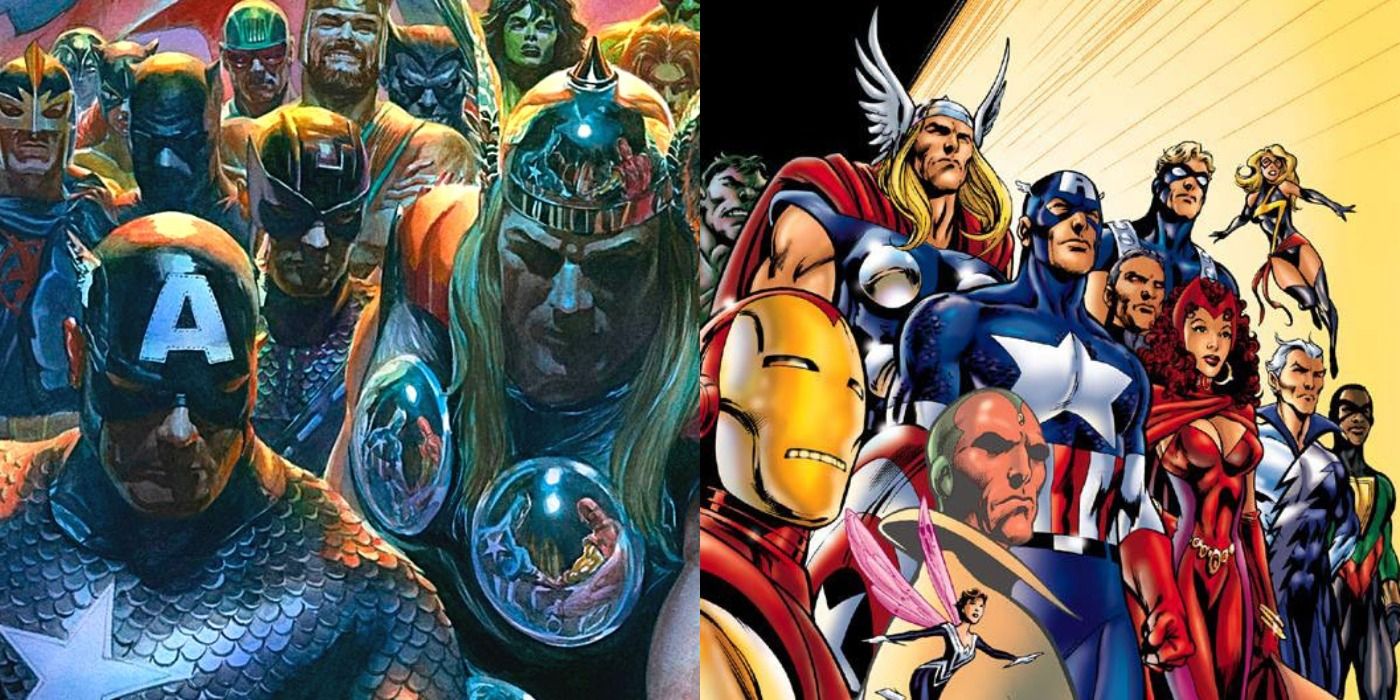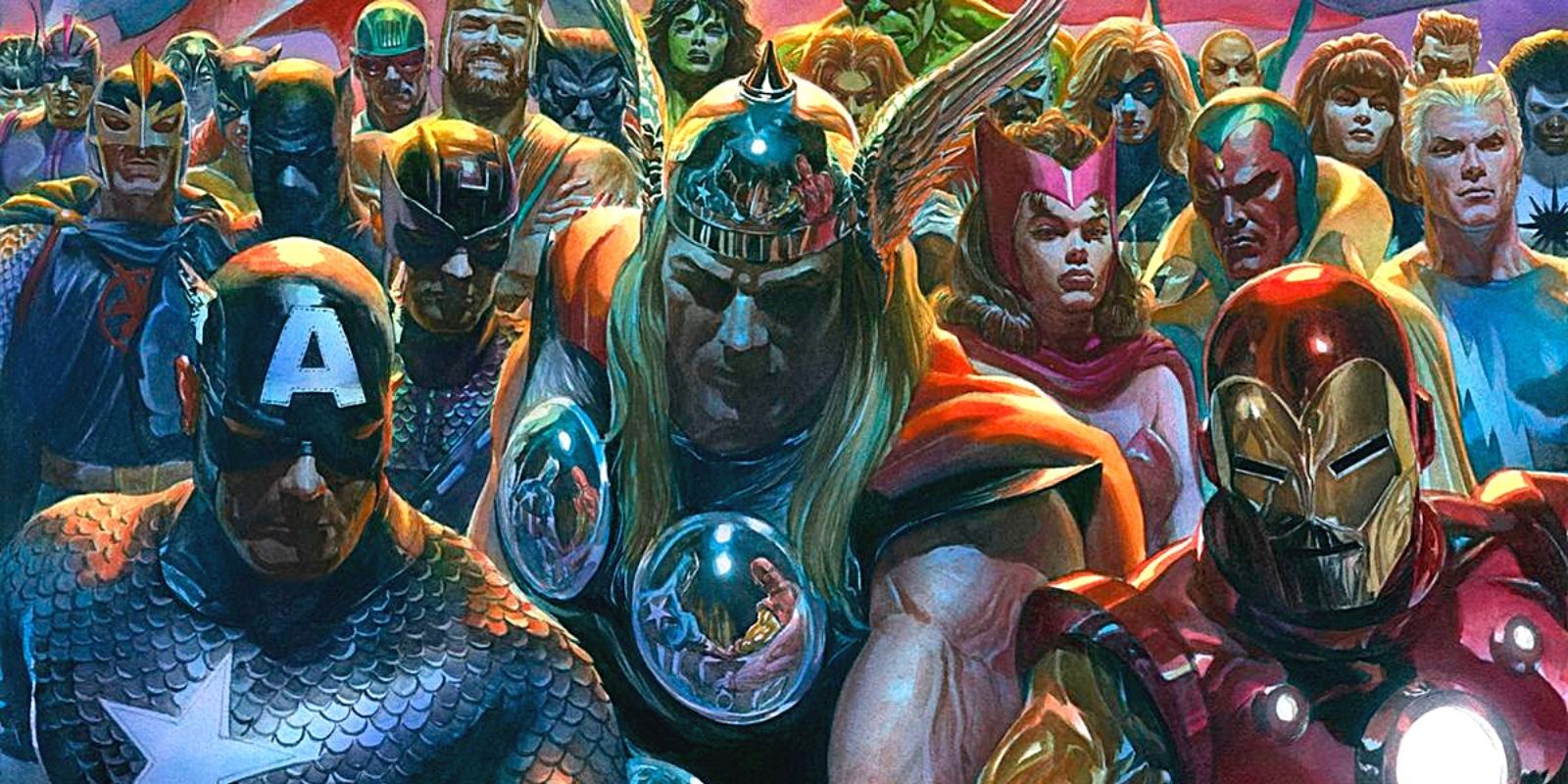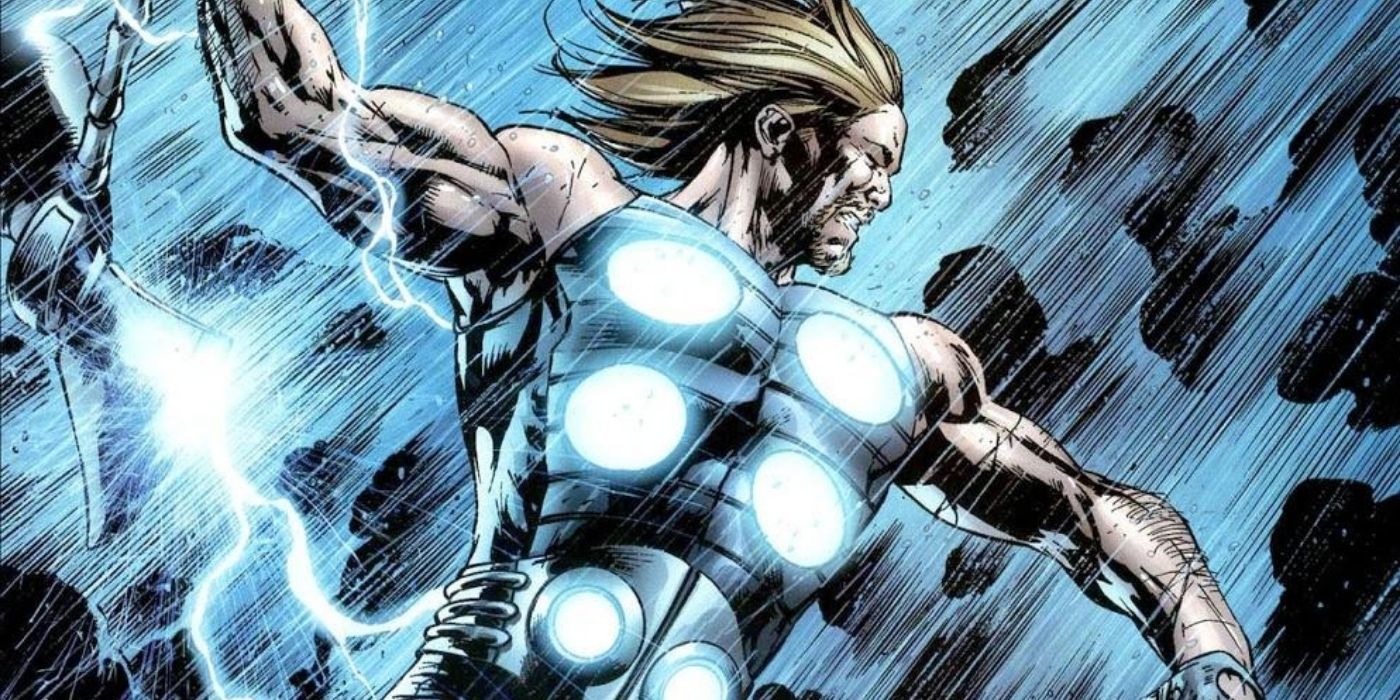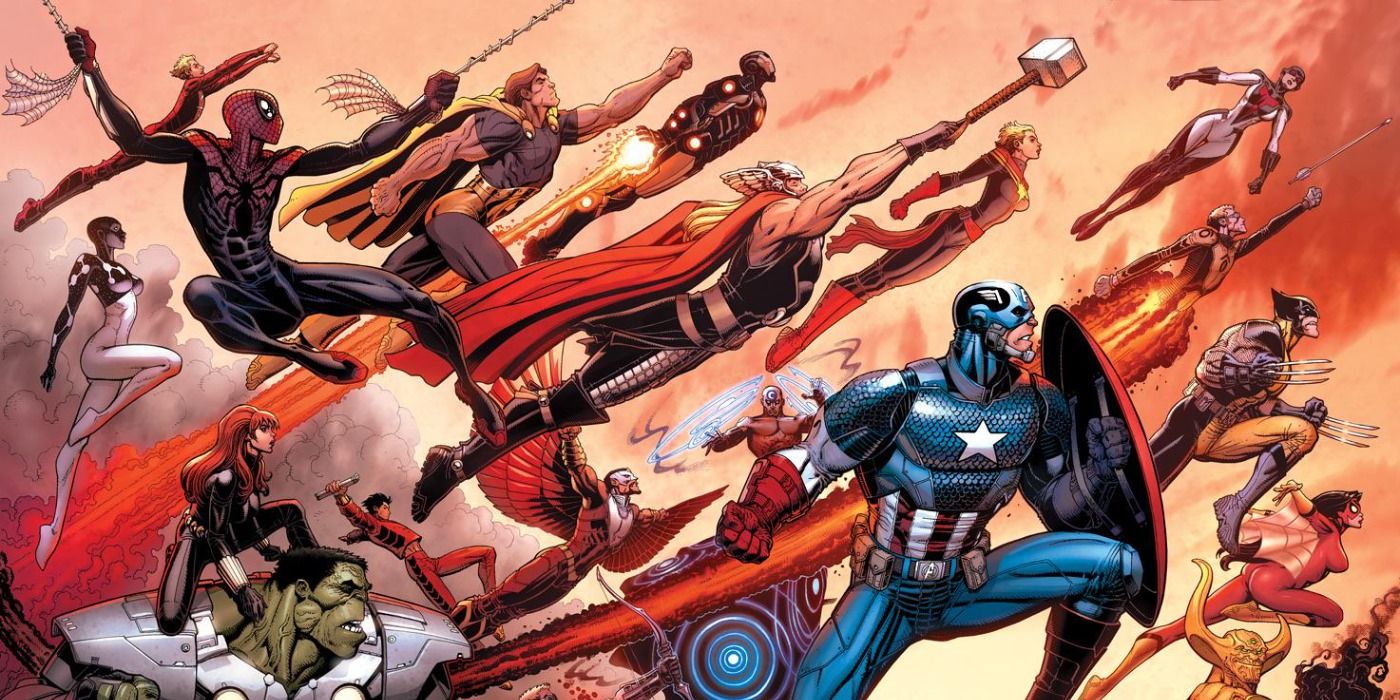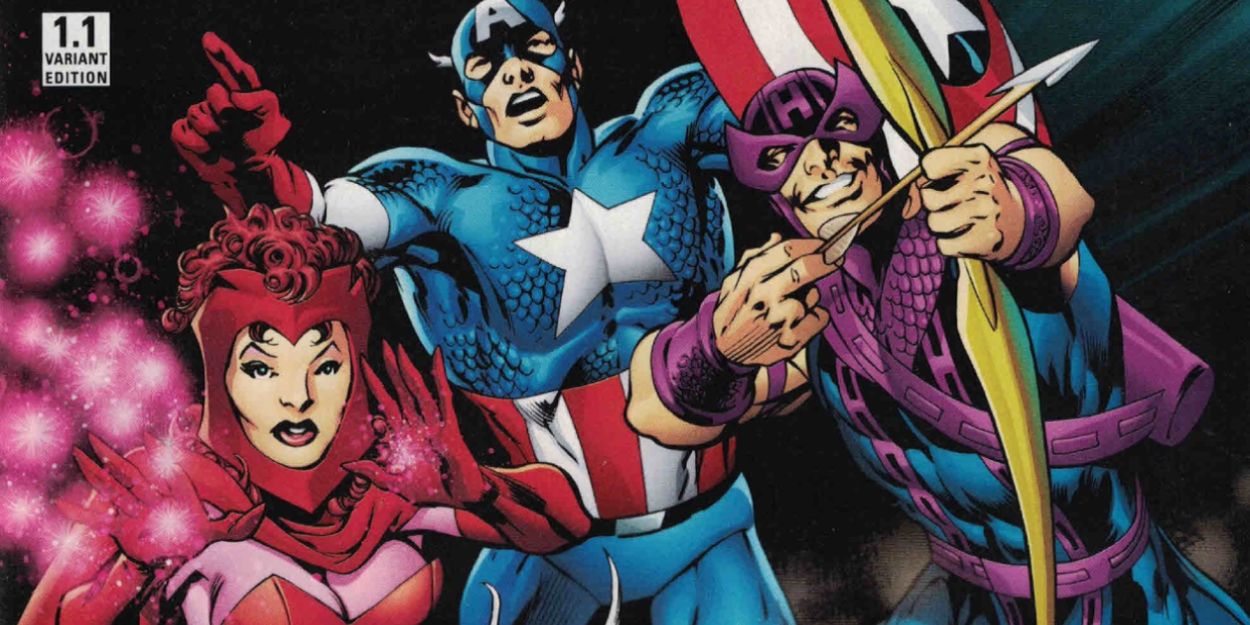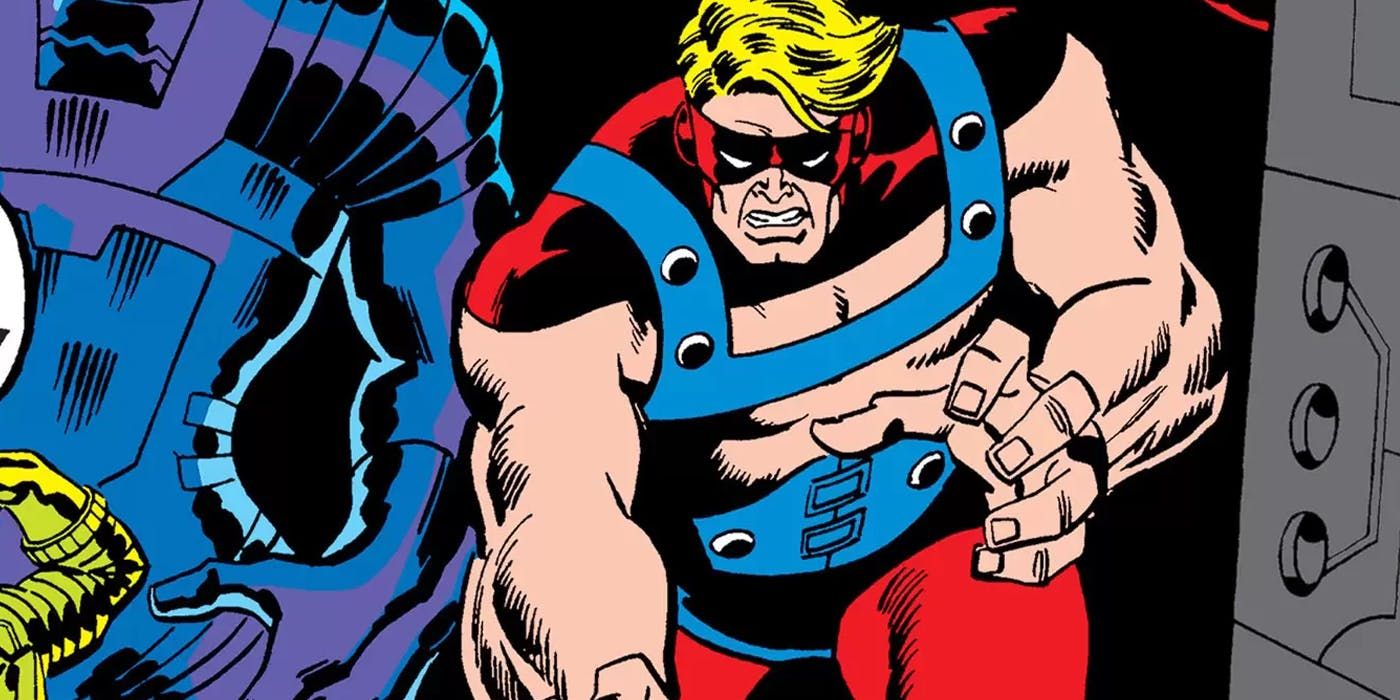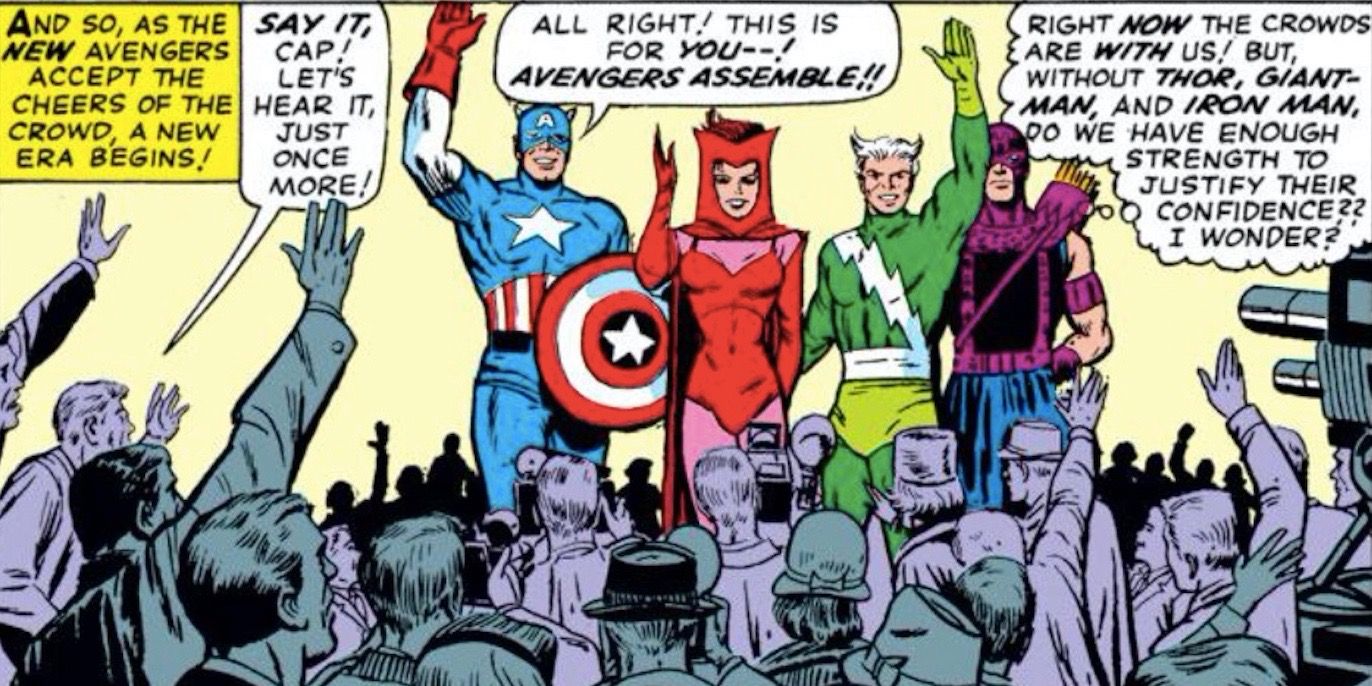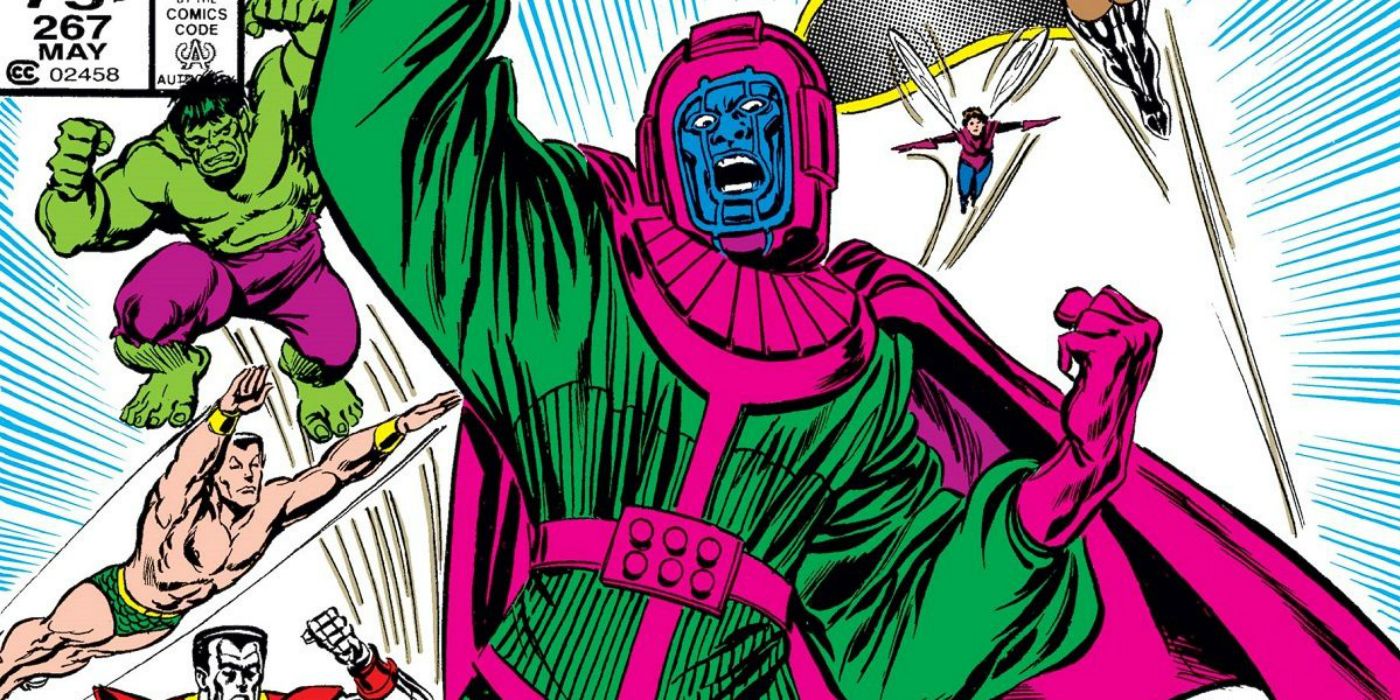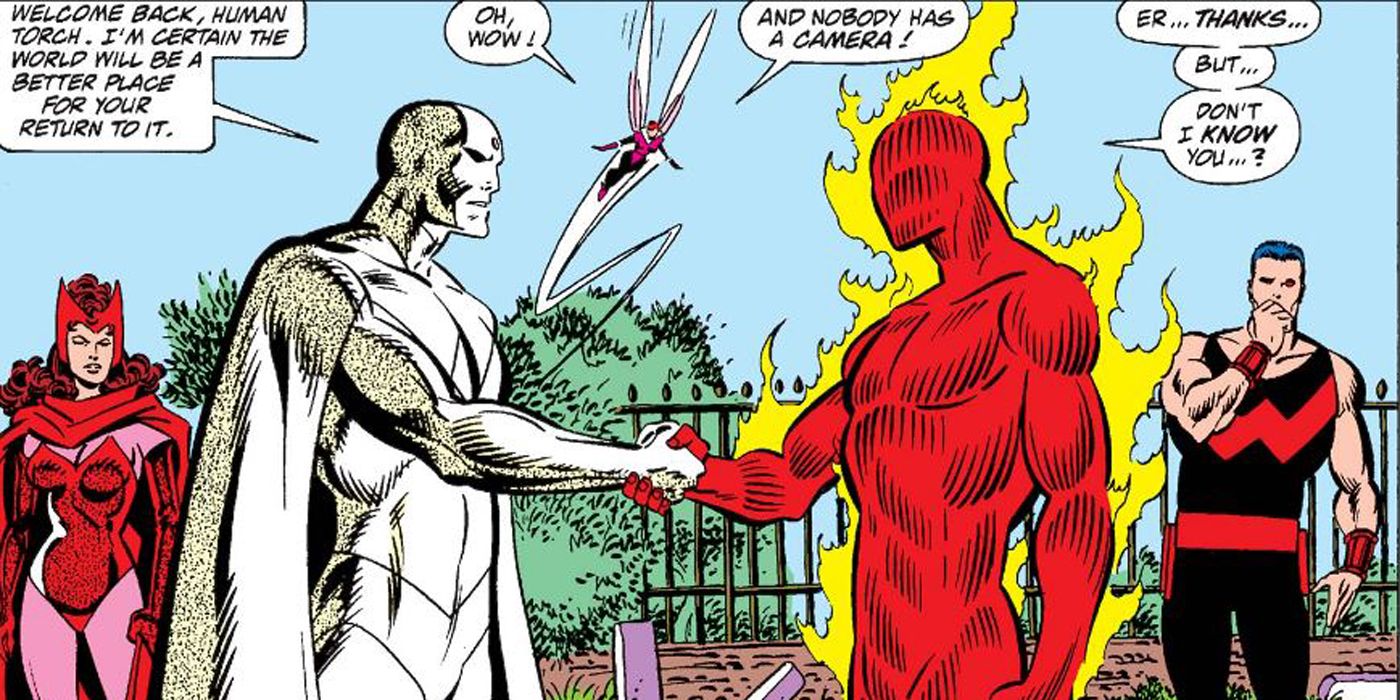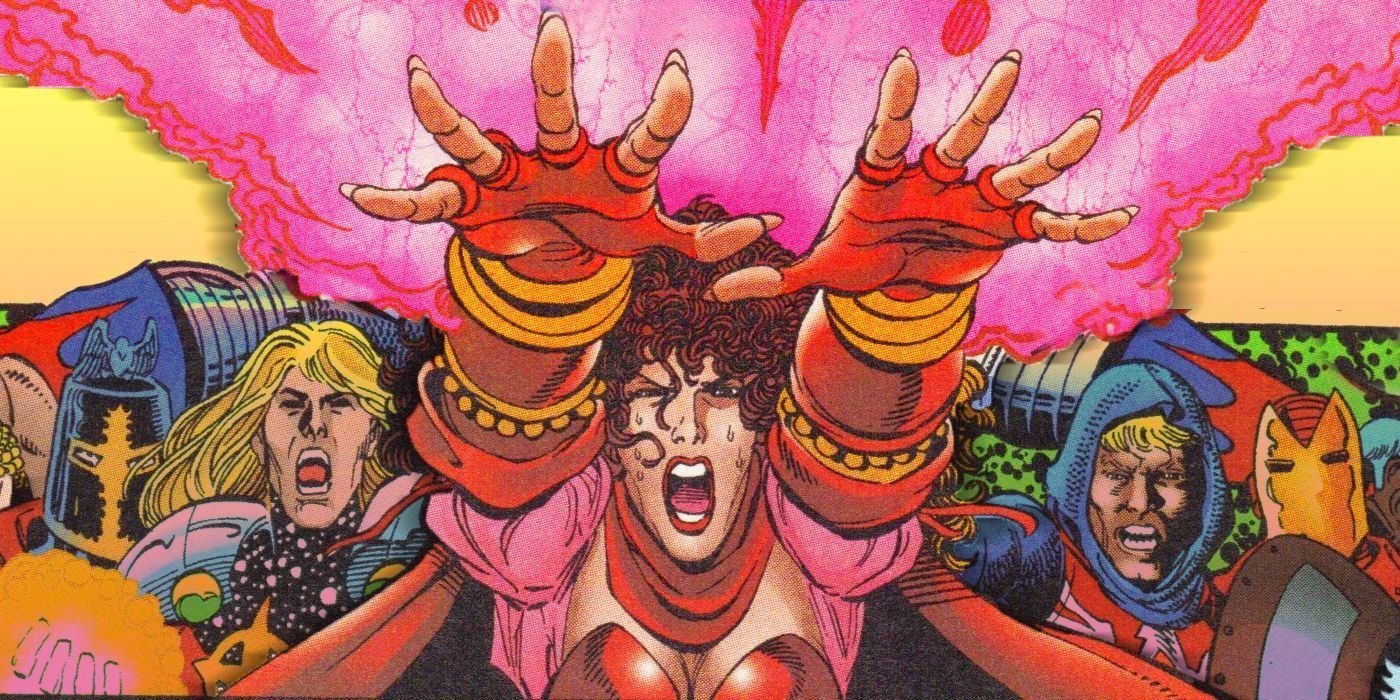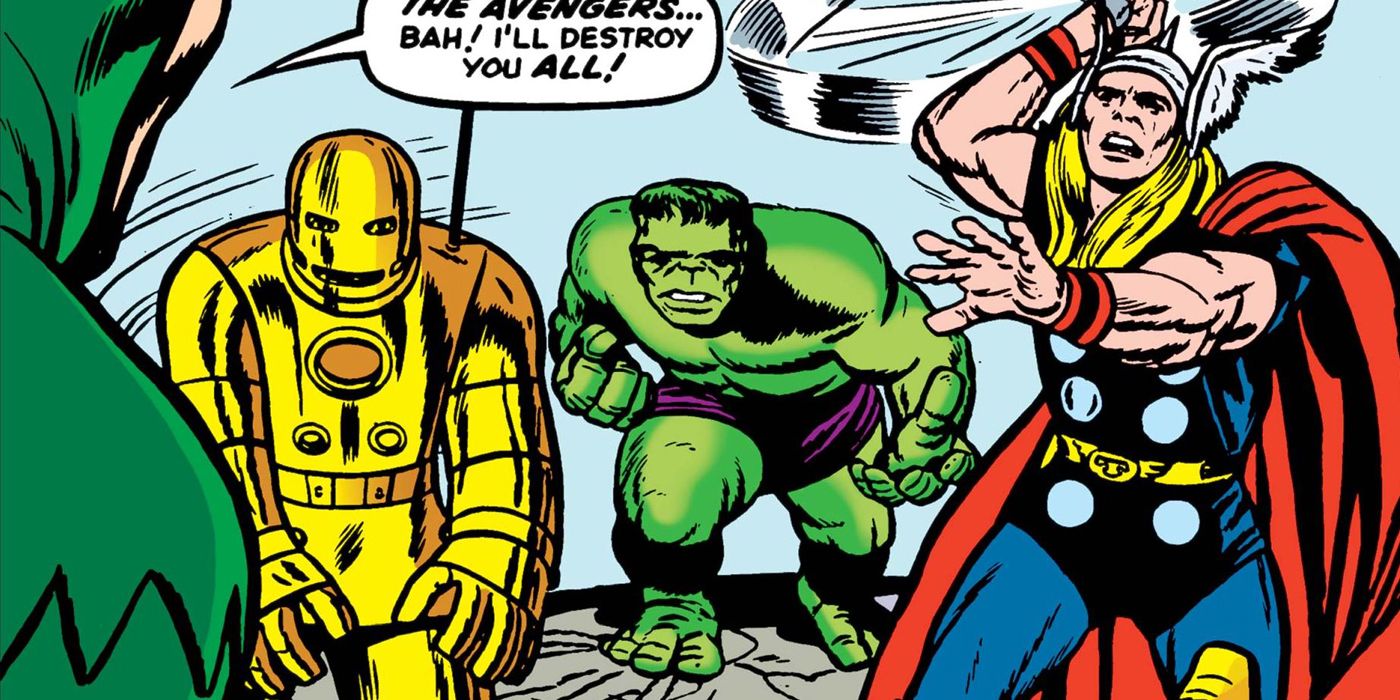The Avengers have become some of the most iconic heroes in movies in the last ten years, and a lot of their success owes to the designs of some of the best artists in Marvel Comics. The MCU has influenced the comics, but major artists like Jack Kirby and Alex Ross provided the blueprint for the movies in the first place.
The best Avengers artists not only have a signature style but represent in some cases the particular aesthetic of the era in which they worked. Others provide a timeless quality that appeals across decades and generations, informing the many movies and streaming series that owes so much to their visual contributions.
Alex Ross
Alex Ross is one of the most prolific and prominent visual artists working in comics. His classic interpretation of Marvel Comics characters, which tend to focus on their Silver Age looks, has provided a realistic and also iconic template for fans through many decades. In particular, his seminal work on 1994's Marvels was key in popularizing painted art for the comic masses, a trend that is carried on by such artists as Marko Djurdjevic and Gabriele Dell'otto.
He also is on the cutting edge in Marvel, providing covers for the latest issues of The Immortal Hulk, Captain America, and other series. He's perhaps best known for Kingdom Come, one of the best Superman comics of the '90s, but his paintings of Marvel superheroes and villains are just as iconic. While his output is small, Ross' work on the Avengers was influential in honoring the team's Silver Age roots while also updating their appearances for modern-day audiences.
Bryan Hitch
Bryan Hitch was the penciler of The Ultimates comic book series, the Earth-1610 Avengers of the early 2000s. This more grounded and realistic take from Ultimate Comics provided a lot of modern updates to the classic characters, and Hitch's practical approach to the costumes proved highly influential on the MCU.
With clean lines and stark blacks, his work on the book is deceptively simple. Hitch provided a lot of detail and kinetic movement to his panels, making his time with the Avengers memorable. Some standout scenes from Hitch's run include an imprisoned Hawkeye using his fingernails to escape and a titanic clash between Thor and the Hulk.
Art Adams
Art Adams' single-issue contributions and his cover work have proven key for the Avengers over the years. Adams' very detailed yet cartoony style was a defining feature of modern Avengers comics, especially the Secret Avengers run and Uncanny Avengers. Adams captures the nuance and detail of all of his characters, and combined with his great use of light and shadows, makes a lasting impression. Though Adams' deliberate pace in working has prevented him from working on a sustained Avengers run, he remains one of the best artists to ever draw the team.
Alan Davis
The elegant lines of U.K. artist Alan Davis were perfectly aligned with the late '9os era of the Avengers written by Kurt Busiek. Davis' clean and careful approach was perfect for the back-to-basics approach of this era of the team, following the tumultuous period of the '90s, embodied best in the 1996 Heroes Reborn crossover event.
Many of the Avengers in this period are rendered in their classic looks, making them seem timeless but never antiquated. Davis also drew The Children's Crusade storyline from the Young Avengers comics in 2011, which reunited the Scarlet Witch with her children.
Sal Buscema
Sal Buscema is one of the most prolific artists in Marvel Comics history, working on just about every major character at one point or another. His big and bold style, evocative of the Silver Age when he started, defined the late '60s and '70s during which he worked on the Avengers. Buscema drew his heroes as larger-than-life, which is best typified in his character designs for Goliath.
Buscema was part of the iconic "Kree-Skrull War" storyline that ran from issues #89-97 of the series. He didn't draw every installment of the saga but was there for major moments and battles in a story that has remained one of the best Avengers tales. Buscema would extend his character-defining work in the Avengers to some of the members' solo titles like Captain America, Thor, and The Incredible Hulk.
Don Heck
Don Heck had the unenviable task of following Jack Kirby in the early issues of The Avengers, but his clean and tight lines proved compelling for readers. Heck's style was simpler than Kirby's iconic and bold work but worked well for the period in which the team settled into what fans think of as the Avengers today.
During his tenure, Heck brought to life the "Kooky Quartet," the version of the team including Captain America, Hawkeye, Scarlet Witch, and Quicksilver. He also co-created numerous characters during his tenure, including Wonder Man, who would later become involved in one of the Scarlet Witch's strangest romances.
John Buscema
Sal's brother John Buscema also had a major run on the Avengers. Buscema is one of the most influential artists in the history of the team, thanks to his classic style and design of some major Avengers characters. John Buscema contributed to the creation of a number of characters, including Hercules, Ultron, and the Black Knight.
He would return in the '80s for a number of Avengers issues, including issue #267, which introduced the Council of Cross-Time Kangs, full of powerful variants of Kang the Conqueror from across the Multiverse. His most impressive work was in the Under Siege storyline, where he drew one of the Avengers' most traumatic battles with Baron Zemo's Masters of Evil.
John Byrne
John Byrne is behind some of the greatest X-Men issues of the 1980s, as well as some of the best Avengers ones. Byrne's realistic style maintains the relative simplicity of the Silver Age but contains a dynamism unique to the period he was working in. His work on West Coast Avengers has proven very influential in the comics and the MCU.
He introduced the White Vision in the "Vision Quest" storyline, an arc that culminated in the tragic reveal that the children of the Vision and Scarlet Witch weren't real. This led to major ramifications for all of Marvel in House Of M, which decimated the mutant population. Byrne's artistic work can be seen today in films and TV shows like WandaVision, where the White Vision debuted and closely resembled Byrne's comic book creation.
George Perez
George Perez is one of the greatest comic book artists in DC Comics history, with legendary runs on Teen Titans, Wonder Woman, and Crisis On Infinite Earths. But he is just as well known for his detailed art on the late '90s Avengers run written by Kurt Busiek, which saw the team go back to its roots after years of failed reboots and poor modern updates.
Perez is well-regarded for embuing each character with individual personality, creating unique representations of many classic iconic characters. Perez had actually drawn issues of The Avengers in the 1970s, but his style had evolved into the signature look fans recognize today. In particular, his revamp of Scarlet Witch's costume was key to re-establishing her character's Romani roots.
Jack Kirby
There are few artists as influential as Jack Kirby in comic book history. He was foundational to the Marvel Universe and his idiosyncratic style defined The Avengers from the very first issue in 1963. His big bold lines and unique skill to render huge splash pages and action scenes made the book a smash from the start. It also created a giant canvas for gods and monsters like Thor and the Hulk to work on, big enough it eventually broadened out into the entire cosmic realm of the comics. Kirby defined the Avengers for all time.

